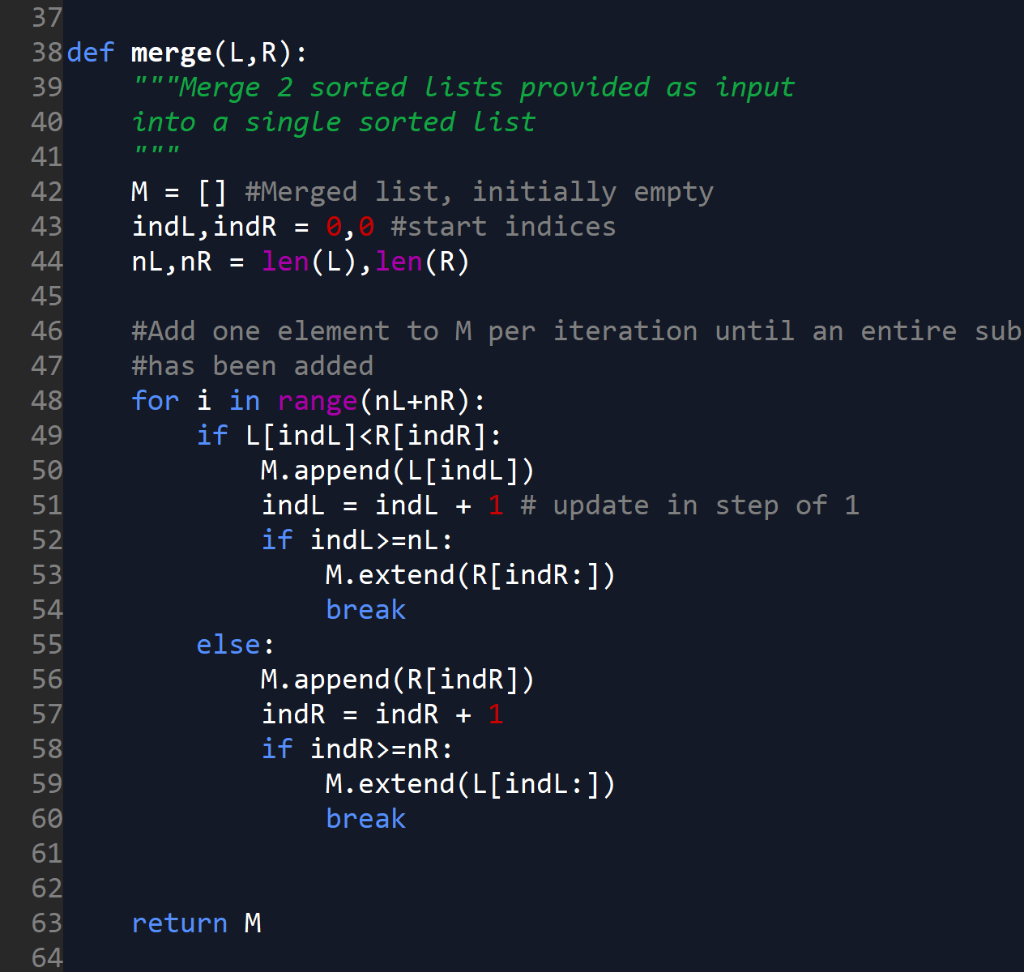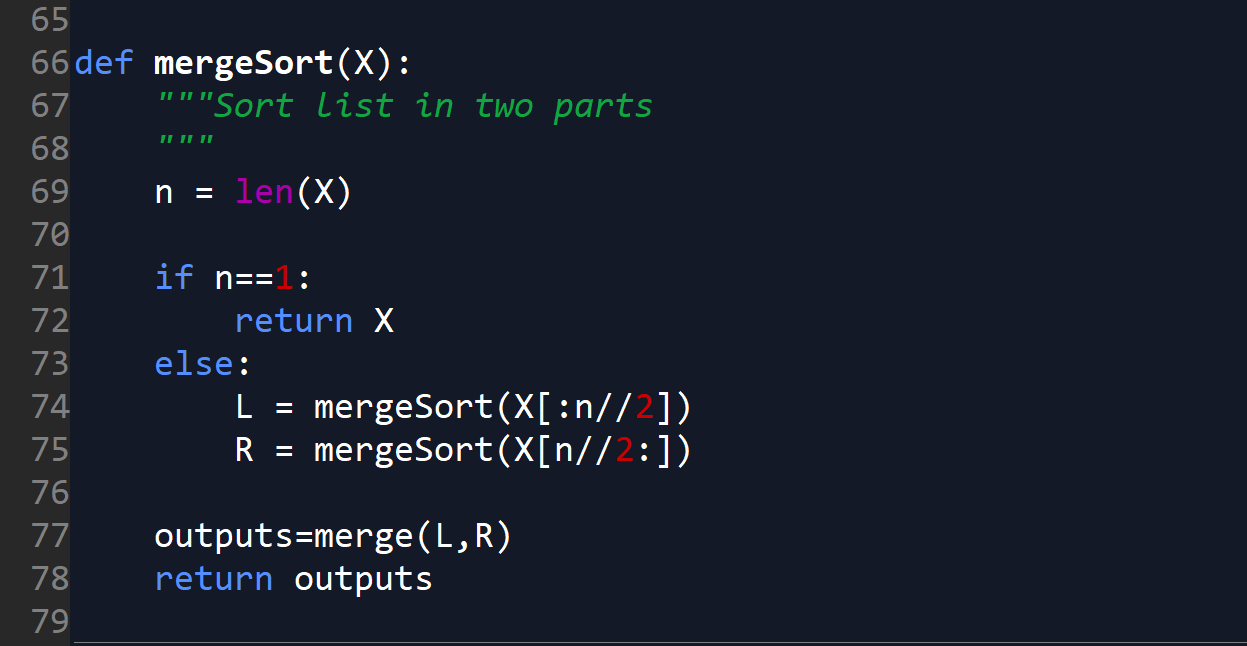Question
1) You have been provided with a function, newSort , which sorts a list of integers provided as input and returns the sorted list. Analyze
1) You have been provided with a function, newSort, which sorts a list of integers provided as input and returns the sorted list. Analyze the correctness and efficiency of this function. Your analysis of the efficiency should include:
a) a clear and concise discussion of the running time and how it depends on the input,
b) a critical comparison of newSort and merge sort, (analysis on running time, efficiency, cost and complexity)
**This page includes all information given for the task. One should explore the two sorting algorithms by initialiing different X and k. X is a list of unsorted random integers.**
Here is the newSort that requires analysis:
import numpy as np import matplotlib.pyplot as plt import time
def newSort(X,k): """Given an unsorted list of integers, X, sort list and return sorted list """ # Loop with N iterstions # Each iteration take smallest "remaining" element # from L and R which are then add back together n = len(X) if n==1: # Base case return X elif n
def merge(L,R): """Merge 2 sorted lists provided as input into a single sorted list """ M = [] #Merged list, initially empty indL,indR = 0,0 #start indices nL,nR = len(L),len(R)
#Add one element to M per iteration until an entire sublist #has been added for i in range(nL+nR): if L[indL]



Step by Step Solution
There are 3 Steps involved in it
Step: 1

Get Instant Access to Expert-Tailored Solutions
See step-by-step solutions with expert insights and AI powered tools for academic success
Step: 2

Step: 3

Ace Your Homework with AI
Get the answers you need in no time with our AI-driven, step-by-step assistance
Get Started


